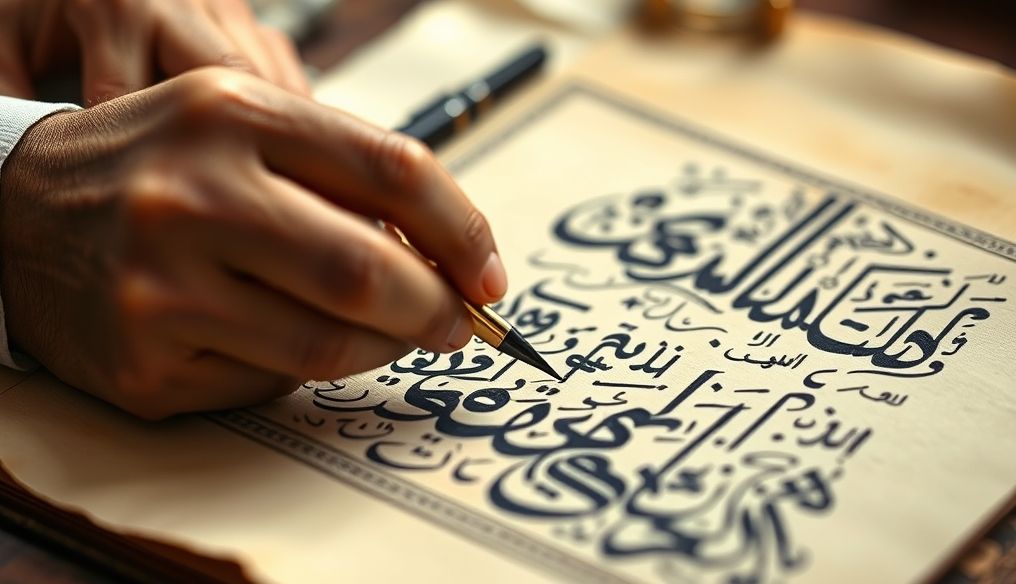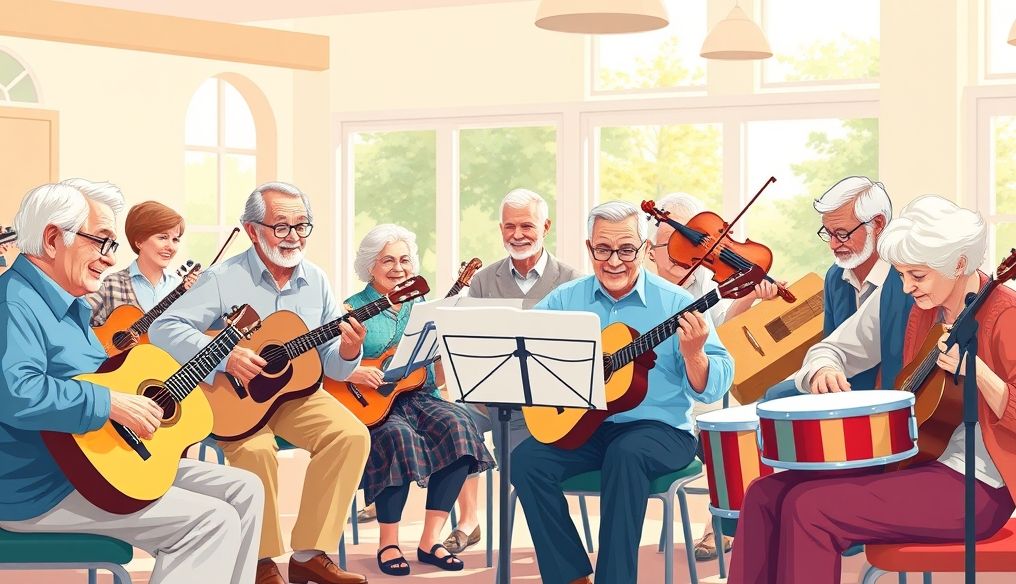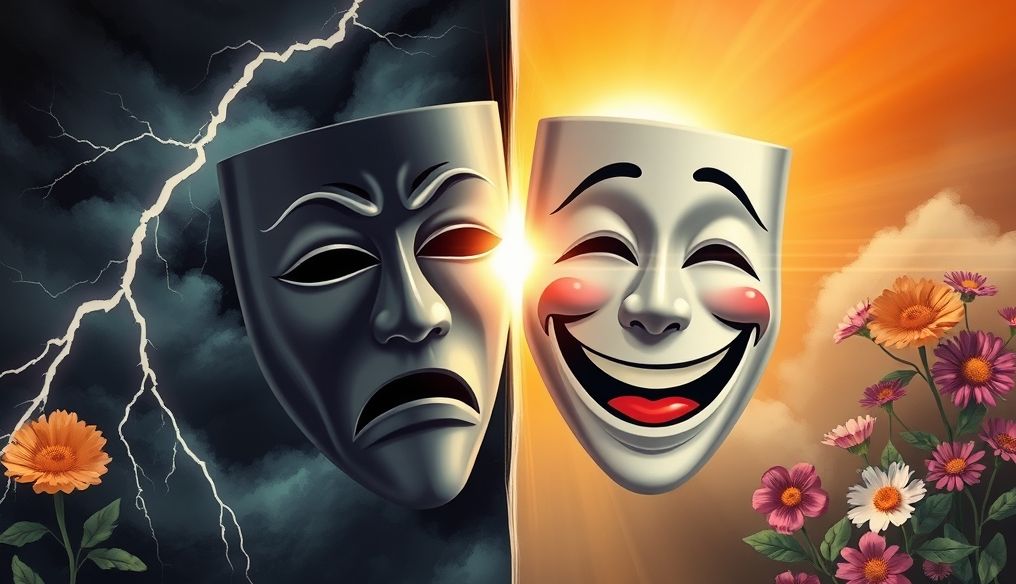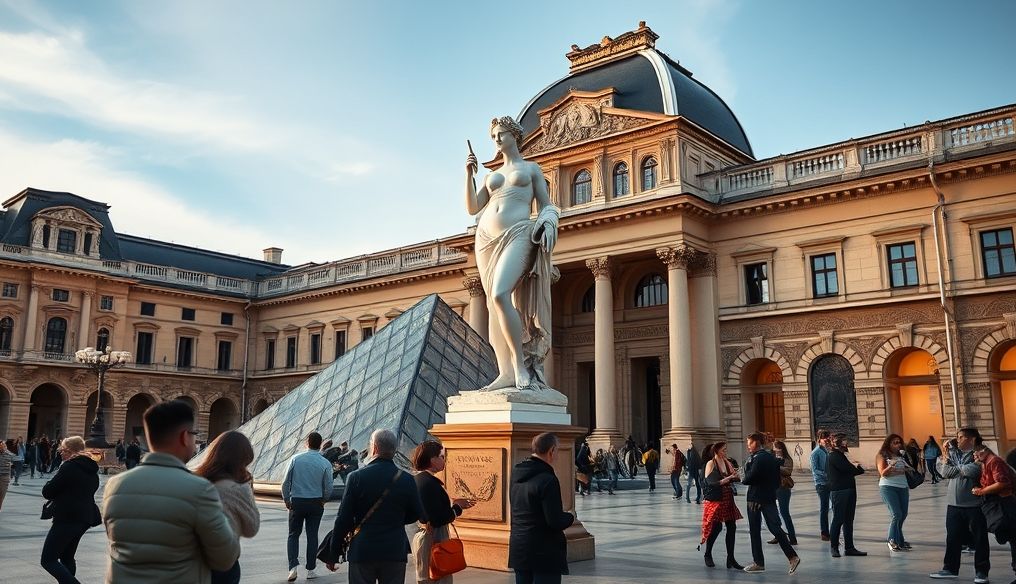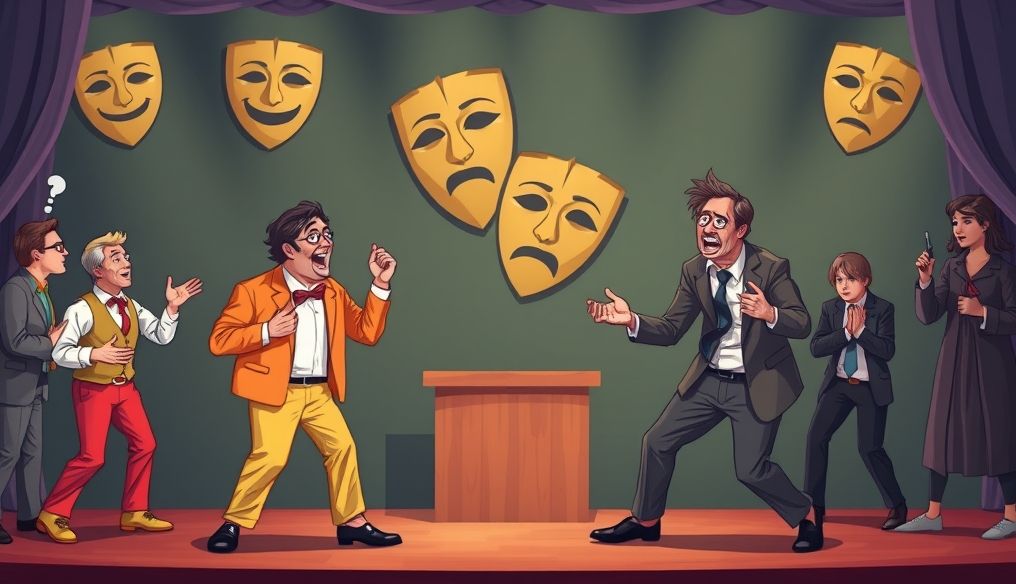Is Arabic Calligraphy Just Beautiful Writing, or Is It Deeper Than That?
Arabic calligraphy, often seen as just a way to write the Arabic language beautifully, is actually an ancient art that carries a long history and rich culture within it. It is not just decoration of texts, but an artistic and spiritual expression that reflects deep aspects of Islamic and Arab civilization.
1. History of Arabic Calligraphy: From Origin to Spread
The history of Arabic calligraphy dates back to the 4th century AD, where it evolved from the Nabataean script. With the advent of Islam, Arabic calligraphy gained great importance, as it was used in writing the Holy Quran. This sacred use contributed to its development and spread throughout the Islamic world.
- Kufic Script: Considered one of the oldest Arabic scripts, characterized by its sharp angles and straight lines.
- Naskh Script: A more flexible and easy-to-read script, widely used in copying books and manuscripts.
- Thuluth Script: Considered one of the most beautiful and difficult Arabic scripts, used in decoration and important titles.
2. The Aesthetic Dimensions of Arabic Calligraphy
Beauty in Arabic calligraphy goes beyond mere appearance. It lies in the balance and harmony between the letters, and in the ability to create artistic paintings using words. Arab calligraphers master the art of controlling the thickness of lines and the spaces between letters to create a stunning visual effect.
Example: The use of the Thuluth script by calligraphers in writing Quranic verses on the walls of mosques is a prominent example of the aesthetic dimensions of this art.
3. The Spiritual Dimensions of Arabic Calligraphy
In Islamic culture, Arabic calligraphy is considered a means of expressing love for God and drawing closer to Him. Writing the Holy Quran in Arabic calligraphy is considered a sacred act, and calligraphers seek to embody the meanings of Quranic verses through their art. This spiritual dimension gives Arabic calligraphy a value that goes beyond being just a visual art.
"Calligraphy is a spiritual geometry that appears through a physical instrument" - A famous saying that reflects the spiritual dimension of Arabic calligraphy.
4. Arabic Calligraphy in Islamic Architecture
The use of Arabic calligraphy is not limited to writing on paper, but extends to Islamic architecture. Mosques, palaces, and schools are decorated with Arabic calligraphy, where Quranic verses and sayings are used to decorate walls, domes, and minarets. This use gives the buildings a unique religious and aesthetic character.
Example: The Dome of the Rock in Jerusalem is distinguished by its magnificent calligraphic decorations that reflect the beauty of Arabic calligraphy in architecture.
5. Arabic Calligraphy in Applied Arts
In addition to architecture, Arabic calligraphy is used in many applied arts, such as carpet making, ceramics, and jewelry. These uses give these products high artistic and cultural value.
- Carpets: Carpets are often decorated with calligraphic inscriptions bearing Quranic verses or poetic lines.
- Ceramics: Arabic calligraphy is used to decorate ceramic dishes and utensils.
- Jewelry: Necklaces and bracelets can carry calligraphic inscriptions with the names of Allah or Quranic verses.
6. Famous Arab Calligraphers and Their Influence
Throughout history, many Arab calligraphers have emerged who have left clear marks on this art. Among them:
- Ibn Muqlah: Considered one of the first to establish the rules of Arabic calligraphy.
- Yaqut al-Musta'simi: Famous for his skill in the Naskh script.
- Hamid al-Amidi: Considered one of the most prominent calligraphers of the modern era.
These calligraphers and others have contributed to the development of Arabic calligraphy and its preservation as an important part of cultural heritage.
7. Challenges Facing Arabic Calligraphy in the Modern Era
Despite its historical and cultural importance, Arabic calligraphy faces some challenges in the modern era, such as:
- Declining interest in teaching Arabic calligraphy in schools.
- The spread of digital printing, which has reduced the need for handwriting.
- Lack of financial support for artists and calligraphers.
8. Efforts to Preserve Arabic Calligraphy
There are many efforts being made to preserve and promote Arabic calligraphy, such as:
- Organizing training courses and workshops to teach Arabic calligraphy.
- Organizing exhibitions and competitions to encourage calligraphers.
- Using Arabic calligraphy in graphic design and advertising.
- Providing financial and moral support to artists and calligraphers.
Through these efforts, this ancient art can be preserved and passed on to future generations.
9. Arabic Calligraphy as a Global Visual Language
The influence of Arabic calligraphy extends beyond the boundaries of the Arabic language itself. Its visual beauty and ability to express art have made it a global visual language, used in many artistic and design fields around the world. We see its impact in logo design, posters, and even in contemporary arts.
10. The Future of Arabic Calligraphy: Between Authenticity and Renewal
The future of Arabic calligraphy lies in achieving a balance between authenticity and renewal. Preserving the basic rules of Arabic calligraphy while introducing new and innovative elements can contribute to the development of this art and make it more attractive to younger generations. Using modern technology in designing and implementing fonts can open new horizons for creativity and innovation.
In conclusion, Arabic calligraphy is not just beautiful writing, but a deep artistic, cultural, and spiritual expression. It is an integral part of Islamic and Arab heritage, and deserves to be preserved, promoted, and passed on to future generations.
